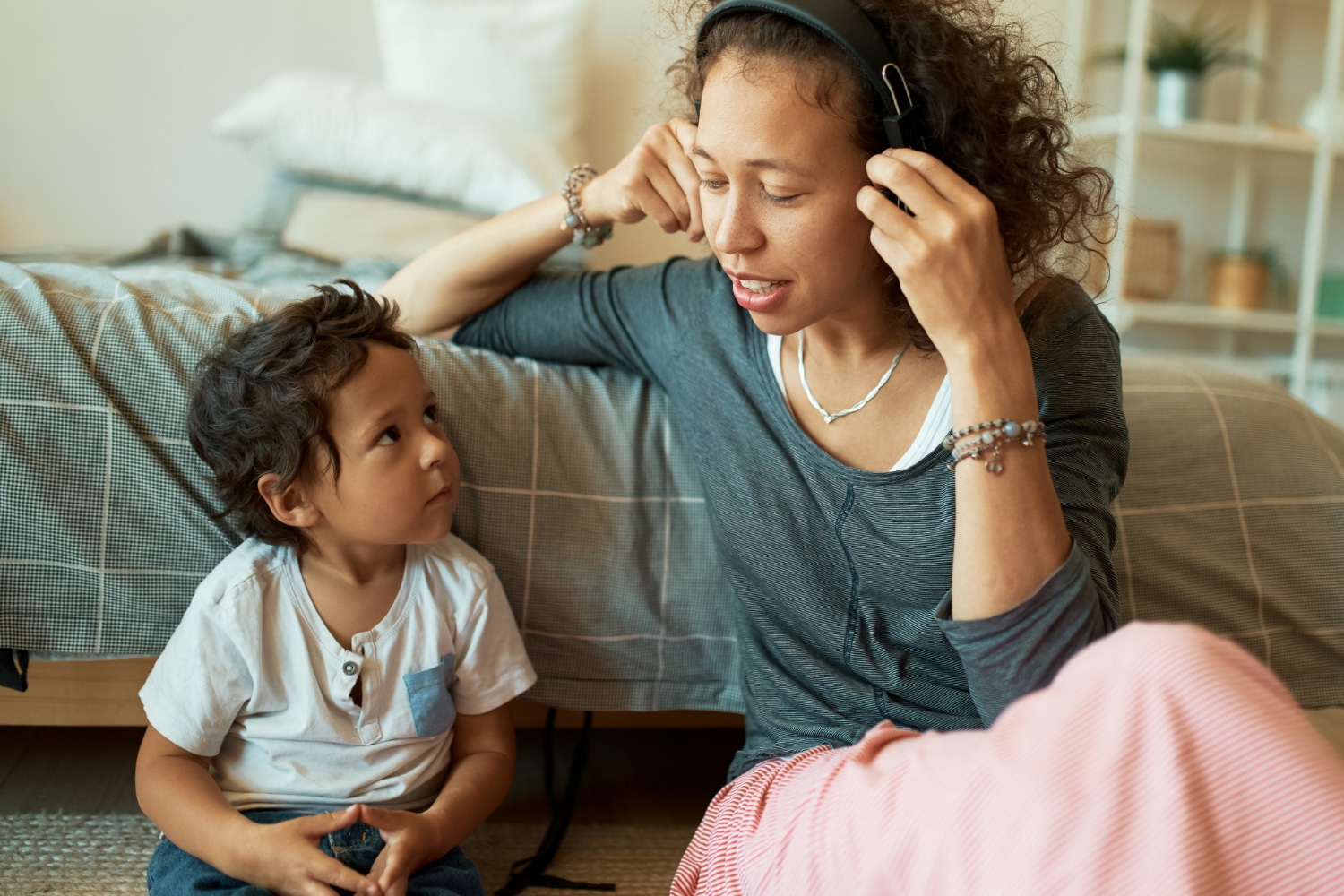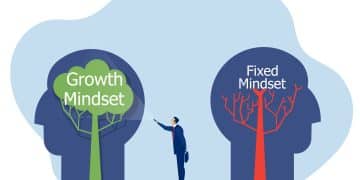Active listening skills: The key to better communication and stronger relationships

Active listening skills are among the most essential interpersonal tools in today’s professional and personal landscapes.
In a world where distractions are constant, and attention spans are shrinking, the ability to truly listen, to be fully present with another person and understand not only what they say but how and why they say it has become a rare and powerful asset.
In workplaces, schools, families, and friendships, developing active listening skills can dramatically improve communication, trust, and mutual respect.
Whether you’re a manager seeking better team engagement, a teacher striving to connect with students, or simply someone wanting more meaningful conversations, mastering active listening will significantly enhance your relationships.
We’ll dive deep into what active listening is, why it’s important, how it differs from passive hearing, and what strategies you can use to sharpen these essential skills.
Understanding the concept of active listening
Active listening is more than just hearing words, it’s about being fully engaged, mentally and emotionally, in a conversation.
As described in Harvard Business Review’s 2024 article on active listening, active listening involves paying attention with intent, interpreting verbal and nonverbal cues, and responding thoughtfully.
This level of listening requires effort and concentration, and it reflects genuine respect and empathy for the speaker.
Unlike passive listening, which allows information to pass through without true internalization, active listening is a dynamic process.
It demands feedback, clarification, and validation of the speaker’s thoughts and emotions. The listener is not merely silent, but participates actively in constructing a shared understanding.
Why active listening skills matter more than ever
In the modern workplace and society, communication failures can lead to misunderstandings, conflicts, and missed opportunities.
In contrast, those who listen actively are perceived as more trustworthy, competent, and empathetic.
For managers and leaders, active listening skills are a cornerstone of effective leadership. Employees who feel heard are more likely to be engaged, motivated, and loyal.
For team members, active listening encourages better collaboration and problem-solving. In personal contexts, it enhances intimacy, diffuses conflicts, and shows people that you value their thoughts.
The ability to listen actively also plays a vital role in diversity, equity, and inclusion initiatives, as it helps bridge cultural and generational gaps by encouraging understanding and reducing unconscious bias.
Components of effective active listening skills
Developing strong active listening skills involves mastering several interconnected behaviors and attitudes.
This means putting away distractions — physical and mental — and making eye contact, nodding, and using facial expressions that show you are engaged.
Reflecting and clarifying, echoing or paraphrasing what the speaker has said shows that you are not only listening but understanding. Asking clarifying questions demonstrates interest and attentiveness.
Withholding judgment, when active listeners avoid interrupting or forming responses while the other person is speaking. Instead, they stay open-minded, which creates a safe space for authentic sharing.
Responding appropriately includes acknowledging the speaker’s message, offering constructive feedback, and being emotionally responsive. Empathetic and timely reactions solidify trust and rapport.
Common barriers to active listening and how to overcome them
Despite its importance, active listening doesn’t come naturally to everyone, and several barriers often stand in the way. These include:
Mental distractions, thinking about your to-do list, rehearsing your response, or letting your mind wander undermines your ability to fully listen. To combat this, practice mindfulness and stay grounded in the present moment.
Prejudgments and assumptions if you enter a conversation with preconceived notions about the speaker or topic, you may unconsciously filter out information that doesn’t align with your beliefs. Instead, remind yourself to stay curious and listen without an agenda.
Environmental interruptions noise, poor audio quality in virtual meetings, or lack of privacy can hinder listening. Setting up quiet, distraction-free environments helps you stay focused.
Emotional reactivity and feeling defensive or triggered during a conversation can shut down your ability to listen. Taking deep breaths and pausing before responding allows you to stay emotionally regulated.

How to practice and improve your active listening skills
Active listening is a skill that can be learned and strengthened over time through intentional practice. Below are key strategies to incorporate into your daily interactions:
- Maintain open body language: Sit or stand in a relaxed, open posture. Avoid crossing your arms or looking away. Nonverbal signals are just as important as words in showing you are engaged.
- Use verbal affirmations: Phrases like “I see,” “That makes sense,” or “Tell me more” signal that you’re not only hearing but valuing what the speaker is sharing.
- Paraphrase for clarity: Summarize the speaker’s main point in your own words and ask for confirmation. This ensures mutual understanding and reduces miscommunication.
- Ask thoughtful questions: Go beyond “yes” or “no” responses by asking open-ended questions. This encourages deeper dialogue and helps the speaker feel truly heard.
- Manage your inner dialogue: If your thoughts begin to drift, gently guide your attention back to the speaker. Practice self-awareness to notice when your focus slips and redirect it.
- Schedule listening time: In busy environments, it can be helpful to set aside time specifically for meaningful conversations. This not only strengthens your listening but shows respect for the other person’s time.
Real-life applications of active listening skills
The practical benefits of active listening skills span across every area of life. In the workplace, a manager who listens actively during performance reviews can identify unspoken concerns and growth areas, helping employees feel seen and supported.
In healthcare, doctors and nurses who actively listen build better relationships with patients, increasing treatment adherence and satisfaction.
For example, in romantic relationships, partners who actively listen are more likely to resolve conflicts peacefully and deepen emotional intimacy.
In education, teachers who listen attentively to students can better tailor their teaching methods and foster inclusive, safe learning environments. In conflict resolution, active listening is often the turning point.
By validating the other person’s perspective — even without agreeing with it — you create the foundation for compromise and collaboration.
The science behind active listening and its psychological impact
Research supports the positive impact of active listening on mental health and interpersonal connection. According to Verywell Mind, active listening helps reduce stress, boosts self-esteem, and fosters emotional resilience.
When individuals feel heard, their cortisol levels drop, and their sense of belonging increases. Neuroscientific studies also show that engaged listening activates brain regions associated with empathy and social cognition.
These include the prefrontal cortex and mirror neuron systems, which help us interpret others’ emotions and intentions.
Moreover, in organizational psychology, studies cited by HBR show that teams with high levels of active listening report greater innovation, psychological safety, and job satisfaction.
This makes active listening a strategic advantage for companies seeking to boost performance and retention.
Active listening in virtual and remote communication

In today’s hybrid work culture, active listening has become even more critical in virtual settings, where nonverbal cues are limited and distractions abound.
Video conferencing, phone calls, and digital messaging all require adapted listening strategies.
To practice active listening online, make a conscious effort to look at the camera, minimize multitasking, and use verbal cues to show attentiveness.
Repeat back key points, use intentional pauses, and ask for feedback to ensure you’ve understood correctly. Silence can be powerful, even in digital conversations.
Allowing space for the other person to think and respond creates a more natural and thoughtful dialogue.
The future of communication depends on active listening skills
As artificial intelligence, automation, and rapid information exchange continue to shape the future, human-centric skills like active listening will only grow in importance.
Machines can process data, but they can’t listen with empathy, interpret complex emotions, or build trust through authentic connection.
In leadership, customer service, education, and caregiving, the ability to actively listen is what sets exceptional professionals apart.
It humanizes communication and strengthens communities in an increasingly digital and divided world.
Investing in the development of active listening skills is not just a personal growth strategy, it’s a cultural imperative. By doing so, we lay the groundwork for healthier relationships, more inclusive dialogue, and stronger, more compassionate societies.
Frequently Asked Questions (FAQ) about active listening skills
- What are active listening skills?
Active listening skills are the abilities that allow a person to fully concentrate, understand, respond, and remember what is being said during a conversation. It involves verbal and nonverbal techniques to show attentiveness and empathy.
- Why are active listening skills important in the workplace?
They foster better teamwork, reduce misunderstandings, improve employee engagement, and contribute to a more positive and productive work culture.
- How can I improve my active listening skills?
You can improve through techniques like maintaining eye contact, paraphrasing what you hear, asking clarifying questions, managing distractions, and practicing mindfulness during conversations.
- What is the difference between active and passive listening?
Passive listening is hearing without fully engaging, while active listening requires attention, interaction, and a conscious effort to understand and respond thoughtfully.
- Can active listening help with conflict resolution?
Yes, active listening creates a safe environment where people feel heard, which can de-escalate tensions and promote collaborative problem-solving.
Active listening skills are foundational to effective communication, emotional intelligence, and social cohesion. In a world overflowing with noise and distraction, the simple act of truly listening has become revolutionary.
Whether in your personal life or professional environment, the benefits of mastering this skill are profound and far-reaching. From building trust to resolving conflict and fostering innovation, active listening enhances every interaction.
As you practice being more present, attentive, and empathetic in your conversations, you’ll not only elevate your communication but also positively impact the lives of those around you.
Make it a priority to develop your active listening skills — and experience the transformation that follows.
Did you like our content? Enjoy and continue browsing our website to read more posts like this.





